How to thread the overlock?
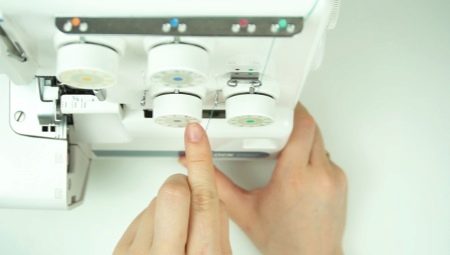
Overlock is a valuable assistant for every seamstress. With this device, the seams on the overedge are not only smooth, but also beautiful. Of course, in order for the overlock to successfully cope with the work, you will have to learn how to work on it. Moreover, one of the important stages is threading. It is important here to choose the right threads, and get acquainted with the features of the device, and with the threading schemes.
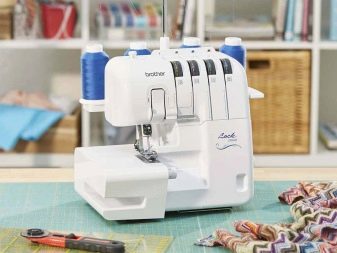
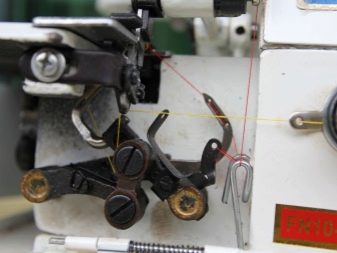
Refueling and Adjustment Tools
To simplify the work with the overlock, it is worth preparing some tools in advance. With them, it is more convenient to thread the threads, and you can easily eliminate the problems that arise in the process.
It is important that you always have three or more multi-colored coils at hand. This will avoid poor thread adjustment.
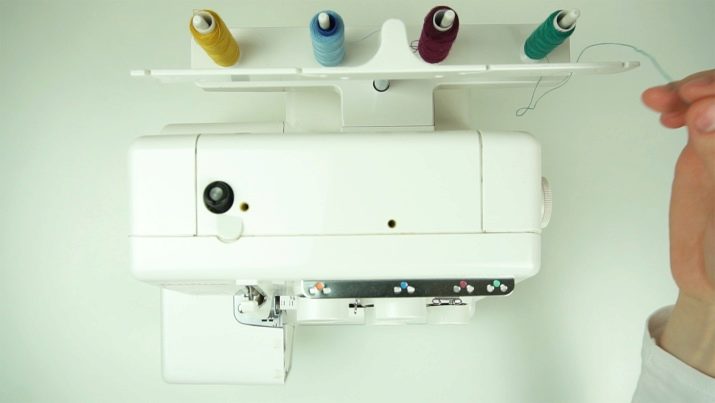
A spare set of overlock knives is a must-have for all beginner seamstresses.... After all, they are often used for various materials, and they quickly fail.
It is worth remembering that they are actually designed to handle threads that stick out.
They can also trim the edges of delicate and overly free-flowing materials.

An additional set of needles should also be always available.... This will allow you to quickly resume work if the needle is bent or broken. Replacement will also be required if there are frequent skipped stitches in the seam line. It is important to set the needle correctly and do not pull too hard with your hands when sewing.
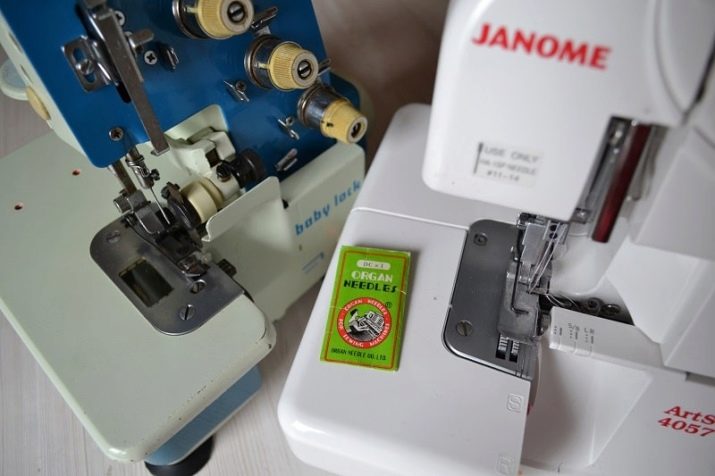
Lubricating oil keeps the overlock safe from overheating and damage. It is recommended to lubricate the overlock equipment at least once every 6 months. The easiest way to carry out this procedure is with a conventional disposable syringe. Its use will allow the lubricant to be applied to all difficult-to-access areas.
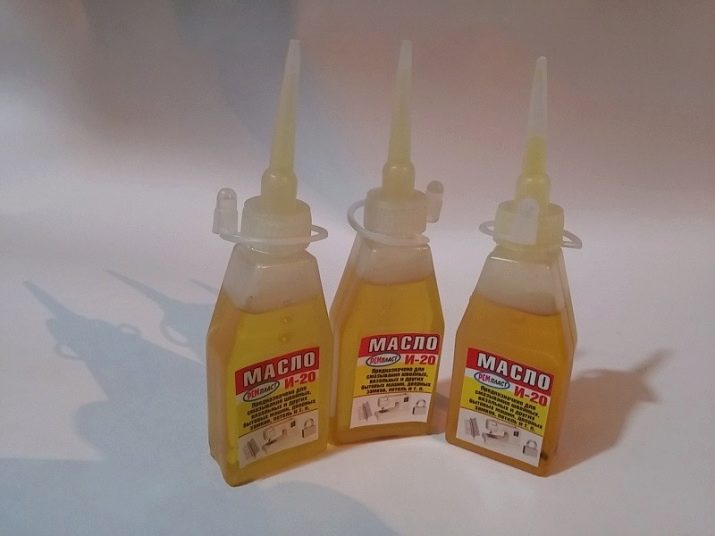
Fine-tipped tweezers are an excellent aid for threading the left looper hole. It is positioned in such a way that it is rather difficult to reach it with bare hands.
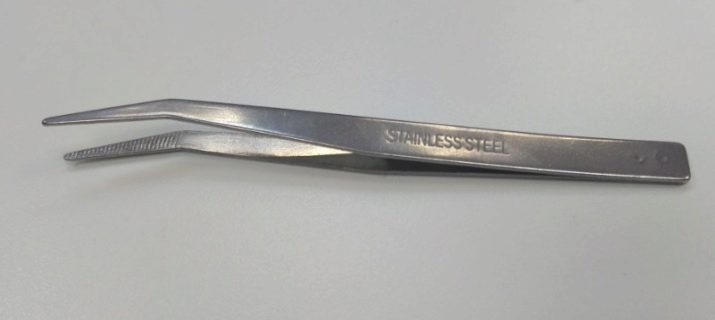
A small piece of fabric will allow you to check how well the threads have been threaded. One control stitching is enough, and it becomes clear whether everything is done correctly or not. Thus, it is possible to customize the machine better, and not to spoil the product.

General scheme
For the overlock, there is a unified threading algorithm. It must first go through the left looper and then through the right looper. It is worth clarifying that a looper is a hook-shaped metal device. When the device is operating, it captures the threads coming from the needle and connects them with the threads passing from the bottom. This creates a chain stitch.
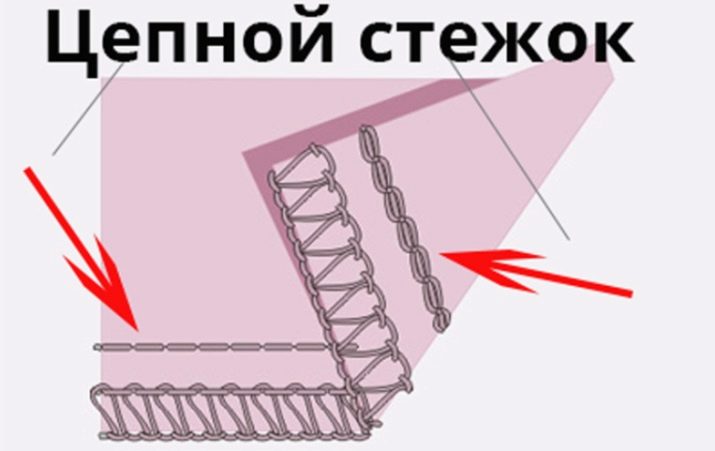
The process of threading the left looper is easiest to describe step by step.
- The thread is guided through the thread guide into the eyelet on the right side of the cover. Next, it must be dragged into the eyelet, which is located in the left-side cover, which performs a protective function.
- The thread is then looped around the tensioner and inserted into the passage leading to the looper.
- After that, you need to turn the wheel with a movement from left to right so that the looper on the right moves and becomes exactly above the needle.
- Now you need to loop the thread around the back so that it goes around the right looper lever and then hooks onto the hook.
- The wheel turns again to lower the left looper.
- A thread is threaded into it, and then the right looper is lifted above the needle by rotating movements of the wheel.
- The left looper is also set to the highest position and the thread is locked under the foot.
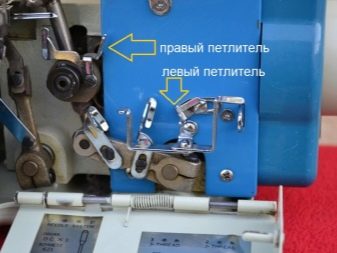
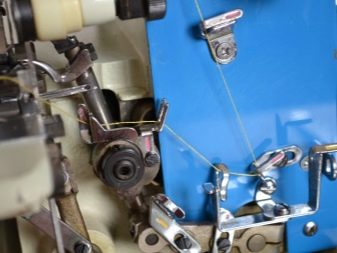
It is somewhat easier to correctly insert the threads into the right looper.
- The thread is passed through a tensioning device and inserted into the slot of the plate with a knife.
- Then you need to turn the wheel until the right looper is in the upper position.
- Now you can pull the thread through the slot just below the crochet hook.
- The thread should go through the tensioner and plate. At the same time, it goes around the rod of the device that regulates the tension.
- At the last stage, it is necessary to fix the thread under the hook and thread the needles into the eyelet.
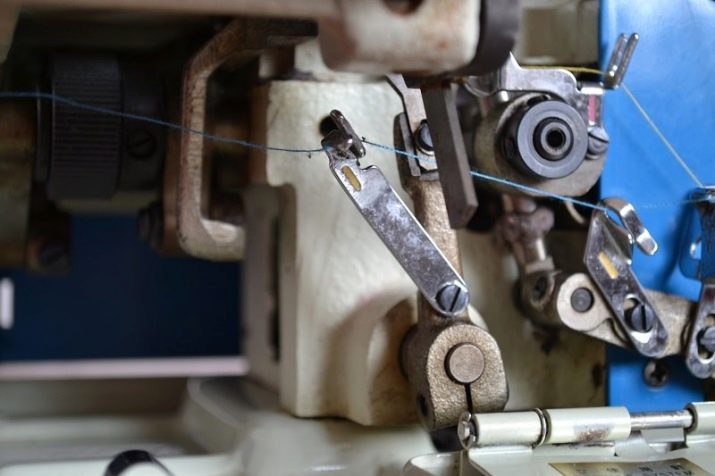
3-thread
The Chinese three-thread overlocker is a universal model. If you learn how to thread the threads on it, then you can easily do it on any overlock. The process will run in the following sequence:
- the threads must be sequentially threaded into the directional holes that are on the body of the device;
- thread the thread tensioner, which is located in the right looper, and then pull it down;
- then the thread must be threaded into the eye of the needle and brought out to the back side through the foot;
- check the correct stitching on a test piece of fabric and make sure the thread is properly threaded.
It is worth clarifying that in a three-thread overlock, one of the threads goes to the needle, and two threads are picked up by the loopers.
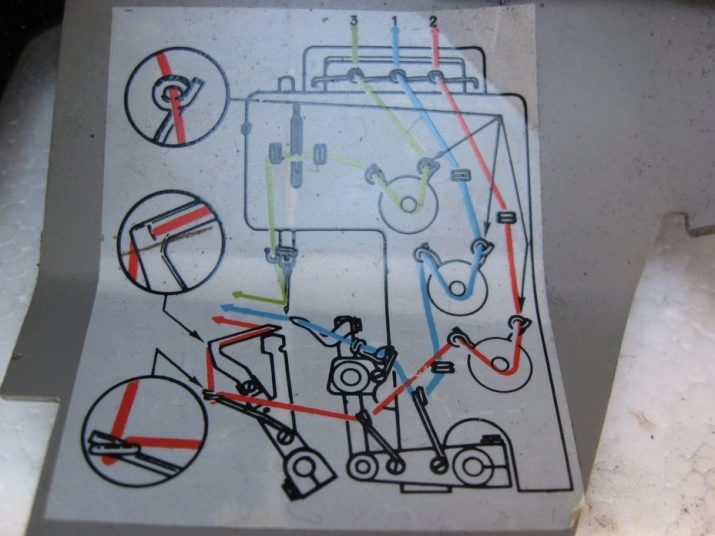
4-thread
The four-thread overlock has two needles. Two threads are threaded through them, and the rest are captured by loopers. Some models differ in threading, but they usually have a diagram. Moreover, it is often applied directly to the body of the machine.
Some machines have a special system designed to simplify the process of threading into the loopers from the top and bottom (F. A. S. T.).
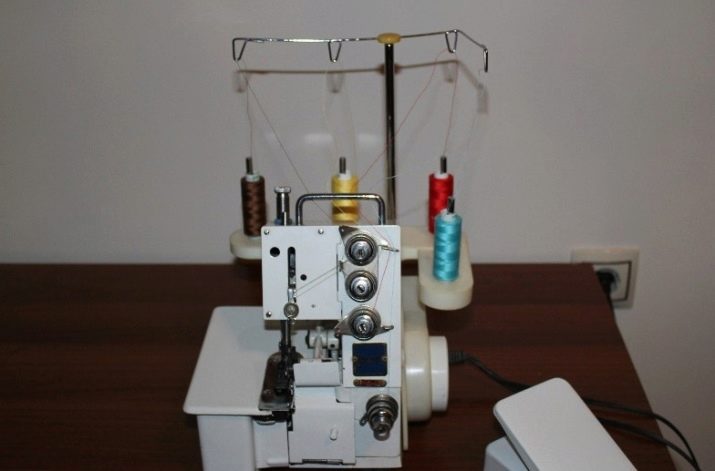
- Turn on the clipper, and then raise the knife so that it is pressed against the overlock body and turn.
- Put the spools of thread on special rods and pass them through the tensioners. It should be borne in mind that each thread has its own tensioning device. Often there is an instructional diagram inside the case that indicates which thread tensioner matches which spool.
- The first thread must be hooked onto the 3 thread holders located inside the overlock body. The end of the thread is inserted into a special connector, which, as a rule, is located near the work table.
- Then the second thread should be passed into its tensioner, passing it through the looper. To do this, you need to turn the wheel.
- The third threading is done through the thread tensioner, and then through the holder at the top, located above the work table. After that, the end of the thread must be passed into the right needle.
- Similarly to the third, you need to thread the fourth thread, only at the end it must be threaded into the left needle.
- When all the threads are threaded, you need to raise the foot of the device and lower the lever on the back of the body. All four threads must be passed under the foot.
- Now you can lower the knife to its original position.
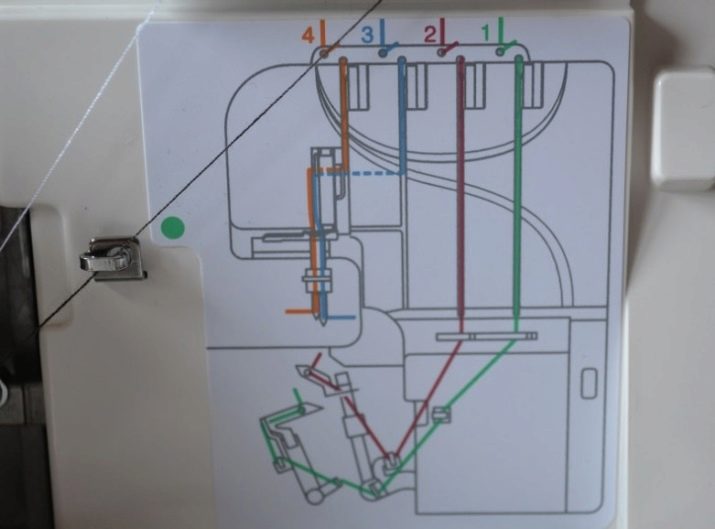
5-thread
Before threading the 5-thread looper, check that it is disconnected from the power supply. It is also important to raise the foot with the lever.
- Threading begins by turning the handwheel towards you. This is necessary so that the needle holder is raised as much as possible.
- Next, you need to thread the thread first into the upper looper and then into the lower looper.
- After that, the threads are inserted into the right needle and then the left needle.
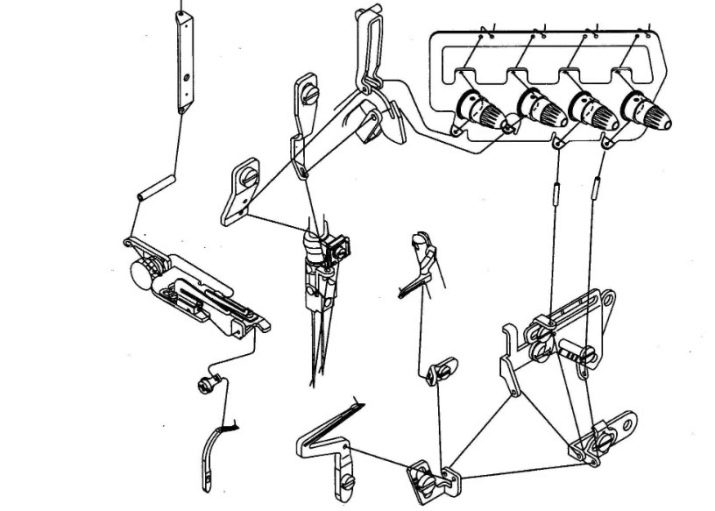
Often on the bodies of such machines, a color scheme of refueling is presented, which makes this process easier. It is enough to wind the thread according to the direction arrows and pull it lightly. For greater convenience, you can use special devices that will facilitate the work.

How to refuel the 51 class overlock?
The class 51 overlocker is an industrial device capable of 3-thread overlock. Most often, this overlock is used in the atelier to overcast cuts on knitwear and various fabrics. The 51 class overlock model has a similarity for use at home, which is called "Prima".
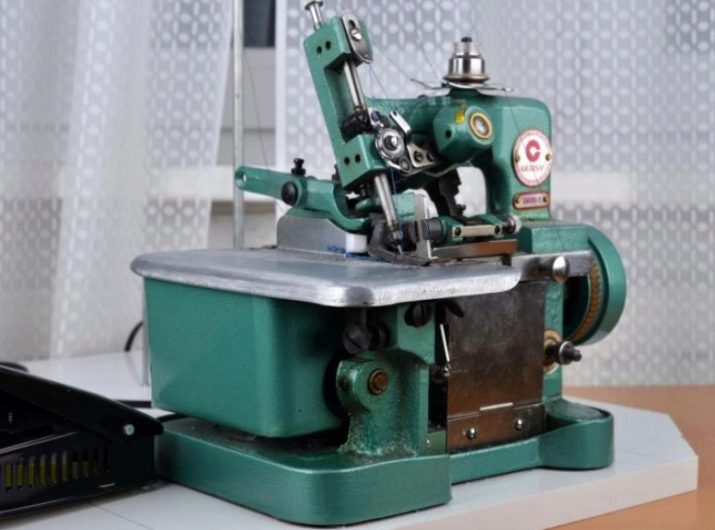
Threading into the device is carried out as follows:
- the thread is passed through a pair of holes in the back into the thread guide;
- then it is pulled under the tensioner washer and pulled out towards itself;
- then the thread must be passed into the second horn, and then into the hole of the thread guide on the needle bar;
- at the last stage, the thread goes down, is threaded into the eye of the needle and is passed under the foot to the back.

Professional advice
For the overlock to work properly, you should follow some tips and a number of rules. In addition, it will allow you to get beautiful overlays of materials.
The most important thing is to keep the device clean.
It is worth remembering that all mechanisms need periodic lubrication. At the same time, they should be free of dust or dirt particles.
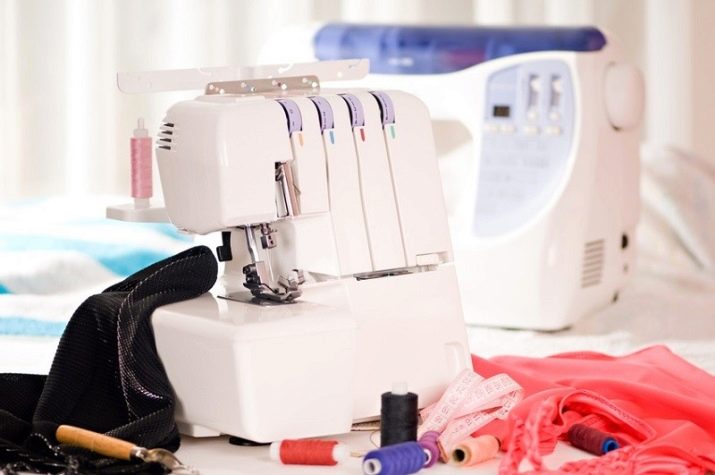
It is recommended to use threads with the same thickness and twist for the overlock. Failures in work often happen due to the fact that the thread is not tensioned correctly. This can be avoided if constantly before starting work on the device, check the thread tension and, if necessary, adjust it.
It is important to select needles that are suitable for a particular machine model, as they differ in the length and thickness of the eyelet.
Moreover, the needles must be replaced before they break. Excessive needle wear may cause the overcasting stitch to be poor.

If there is a knock when working on the overlock, then it is worth stopping the overcasting. This happens if the item is too thick, such as drapes or some areas on jeans.
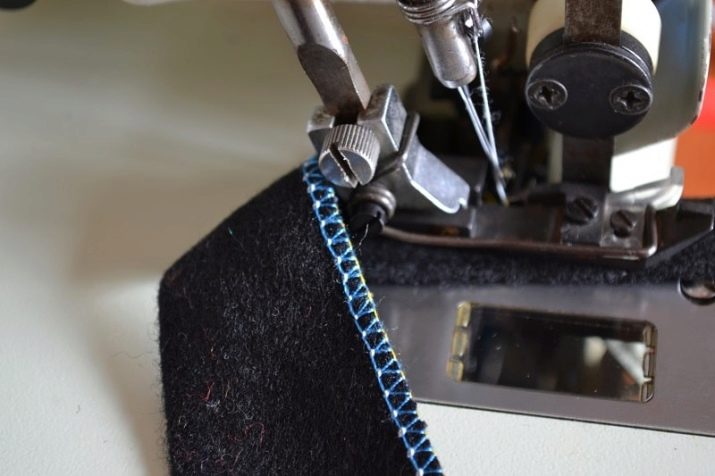
On the overlock, you can, as on a conventional sewing machine, do not cut the threads at the end of the operation, but put new parts under the foot and continue overcasting. This will reduce thread consumption and prevent thread from being pulled out of the needles or loopers.
On devices with a knife, it is important to choose the right direction of the material so that the edge of the parts is cut evenly.
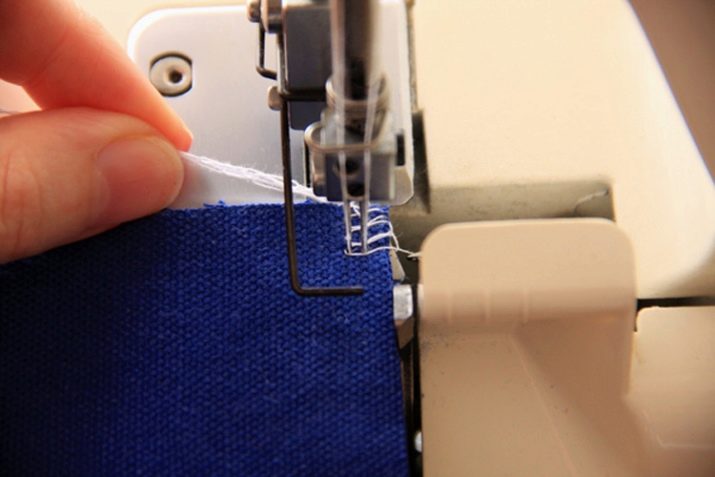
In the next video, you can visually familiarize yourself with the correct and easy way to refuel the overlock.








